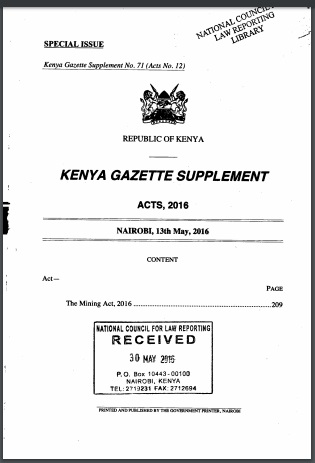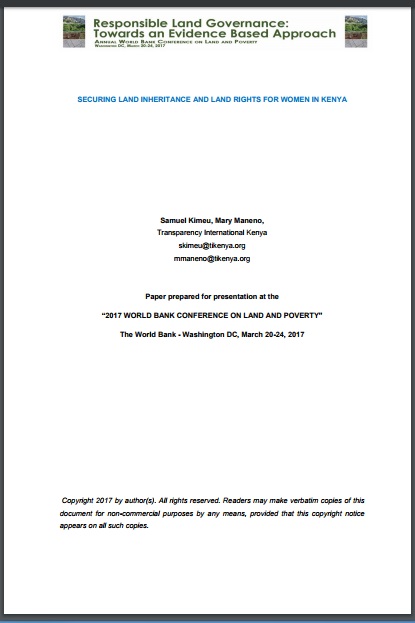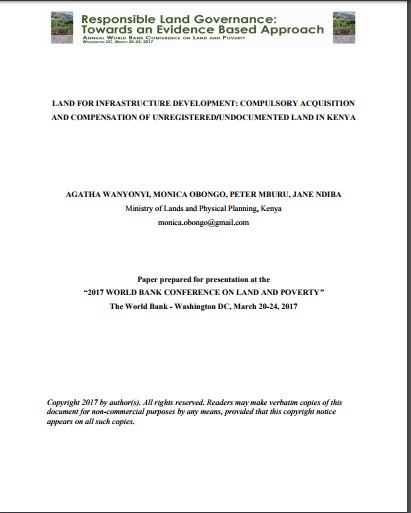Historical Landscape Perspectives on Grasslands in Sweden and the Baltic Region
A landscape perspective is generally recognized as essential for conservation biology. The main underlying reason is that species respond to features of the landscape at various spatial scales, for example habitat area, connectivity, and matrix habitats. However, there is also an “historical” component of a landscape perspective, which has not received similar attention. The underlying reasons for historical effects are that humans have influenced landscapes during several millennia and that species and communities may respond slowly to land use change.







